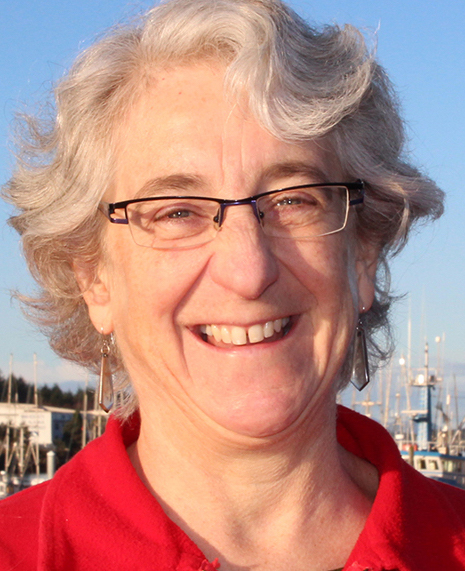PBS starts same-time streaming in April as OTT work advances
PBS viewers will be able to stream prime-time programs at the same time they’re broadcast starting April 1 instead of having to wait until the morning after airtime.
The change applies to most National Program Service shows, which will be available to watch on the PBS Video app, PBS.org and station video portals.
It’s the latest advancement in PBS’ work to push ahead with streaming. Last year the network began negotiations to include its content in over-the-top “skinny bundle” content packages that target younger viewers who prefer live streaming services. Platforms such as Sling TV and Hulu Live TV offer an alternative to more expensive cable or satellite TV subscriptions.
Meanwhile, PBS Distribution, a collaboration with WGBH in Boston overseeing digital and video sales, premiered the PBS Living streaming channel March 14 on Amazon’s Prime Video Channels.
Negotiations on streaming deals continue, said Ira Rubenstein, PBS chief digital officer. He said PBS hopes to announce an agreement by the end of the year.
“We’ve spoken with every provider that offers live linear streaming,” Rubenstein said. “Some are open to having local station feeds, and some absolutely won’t. Obviously we are talking only to those that support the local streams.”

Getting member stations on board is key to the deals. And that’s happening, Rubenstein said. GMs are realizing how the locally branded PBS app can reach potential members, he said.
“GMs understand how important it is to build digital audiences and convert those to members,” Rubenstein said. “They’ve started to see firsthand the money coming in from digital fundraising.”
That’s why the simultaneous streaming capability launching April 1 is important not only for viewers but stations as well. Audiences “have started to see and will see more promotion of the PBS app on-air,” Rubenstein said.
Rubenstein said he was pleased that a PBS webinar this month about live streaming drew some 400 participants. And a survey of GMs last summer with a 65 percent return rate revealed that all the respondents thought that work on live linear streaming was either important or very important to stations, Rubenstein said.
But getting those streams to OTT viewers requires that stations first secure streaming rights for all content from a variety of distributors. “What we’re seeing now is stations diving into rights issues and rights management and seeing how challenging and difficult this is going to be,” Rubenstein said.
PBS worked with a station advisory group to develop three options that would enable the network to negotiate streaming deals while stations continue to secure necessary rights.
First, stations could clear rights for most of their main channel — say, 90 percent — and OTT providers could remove any content that wasn’t in rights. Or stations could create a new channel they would program with cleared content for providers.
The third option is for PBS to develop a temporary national channel with generic local station branding. This would give stations time to clear rights and plug in their cleared local feed in the future. “Ideally, we want to have a local station provide its feed,” Rubenstein said.
Idaho Public Television GM Ron Pisaneschi, a member of the station advisory group, said IdahoPTV is working on clearing at least 90 percent of its main channel. “We will move programs for which we don’t have live linear streaming rights to one of our other digital channels,” he said.
The various options provide PBS with “a way to be able to do these deals,” Rubenstein said. The large providers “don’t want to deal with only 10 markets; they want top 50 markets,” he said, so the more stations, the better.
Rubenstein said PBS has a commitment from the Public Television Major Market Group, which represents 70 percent of the viewing audience, that its stations will be ready to stream by fall. “If not, they’d be OK with the national temporary solution until they are,” he said.
PBS presented member stations with a guidebook this month on how to prepare for live streaming. “There’s a tremendous amount of information,” Rubenstein said. “It’s a living document to help educate stations.”
Station execs can also attend sessions on streaming at PBS TechCon, April 3–6 in Las Vegas, and at the PBS Annual Meeting, May 29–31 in Nashville.







